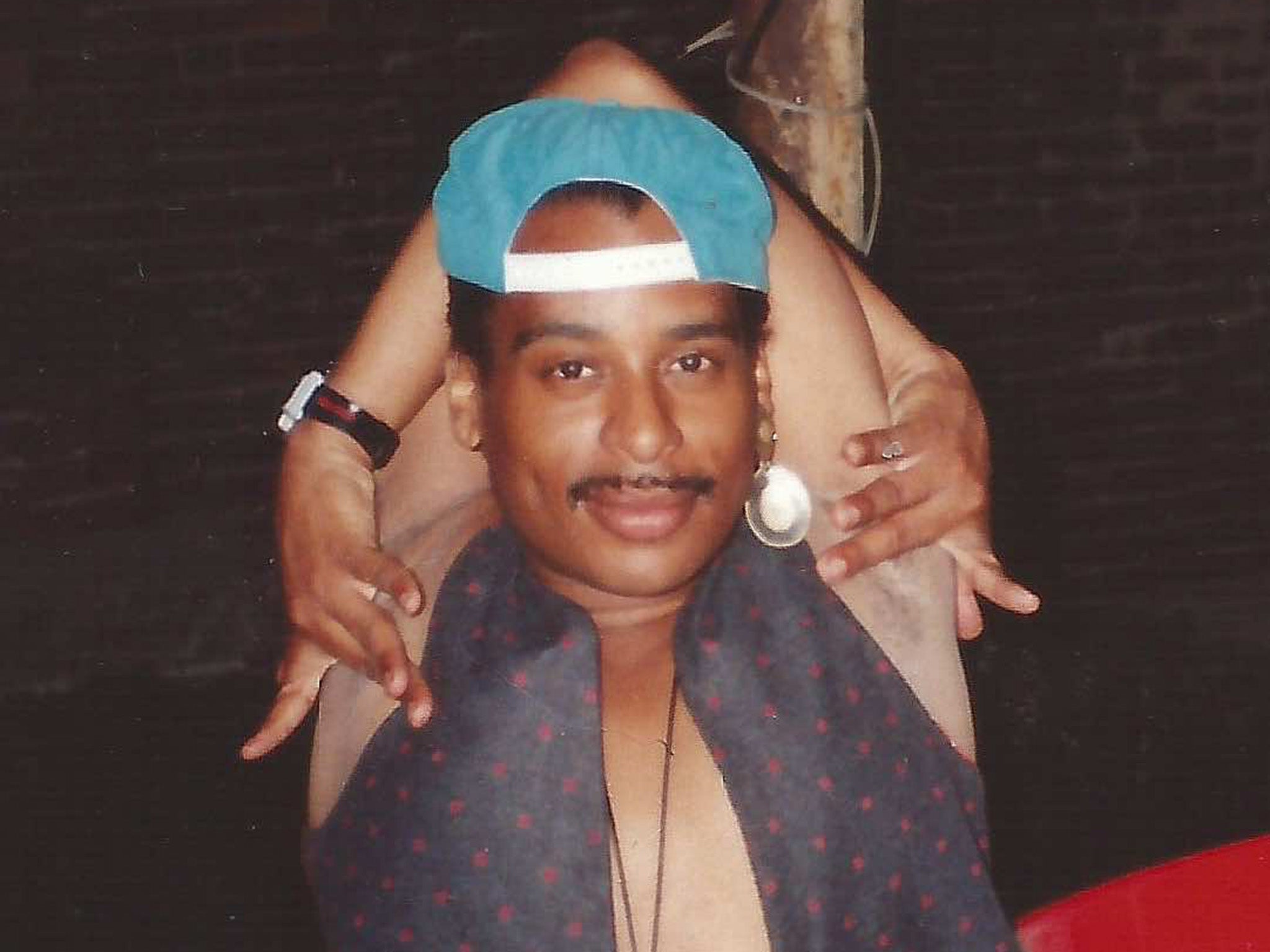Who is Willi Ninja? Google Doodle celebrates iconic Black LGBT+ dancer and choreographer
LGBT+ icon made voguing a dance art form

Google Doodle has honoured the late Willi Ninja with an electrifying tribute to the iconic Black LGBT+ dancer and choreographer known as the godfather of voguing.
The 9 June doodle celebrated Ninja with a video that features several performers recreating his famous dancing style.
“An acclaimed performer, Willi paved a path for Black LGBTQ+ representation and acceptance in the 1980s and ’90s,” Google said.
“On this day in 1990, the documentary Paris is Burning – which features Willi and the Iconic House of Ninja – was released in the US at the NewFest New York LGBT Film Festival,” said Google’s tribute to the dancer.
Who was Willi Ninja and why was he an important figure?
Ninja, born William Roscoe Leake on 12 April 1961, was recognised as one of the pioneers and key figures in the voguing and ballroom scene in New York.
He grew up in Flushing and started dancing at the age of seven. In the early 1980s, he became involved in voguing, showcasing his skills at Washington Square Park in Greenwich Village and various drag balls in Harlem. Known for his precise and agile dance style, he drew inspiration from martial arts, which led to his chosen name – Ninja.
He rose to gain prominence in the late 1980s and early 1990s for his exceptional skills in voguing.
Voguing is a dance style named after Vogue magazine. Characterised by exaggerated poses, angular movements and fluid transitions, the dance style originated within the LGBT+ community, particularly among African American and Latino communities.
Ninja’s lasting impact on queer and ballroom culture continues to be celebrated as the performer played a significant role in popularising voguing and bringing it into the mainstream through his performances, competitions and collaborations.
Jenni Livingstone’s acclaimed 1990 documentary Paris Is Burning elevated Ninja’s position in the gay fashion scene.
He was best known for his work in the documentary that captured the voguing scene from 1987-89, showcasing its rebellious embrace of those who were marginalised by attempts to impose moral uniformity in the US on a deeper level.
In 1982, he went on to co-found his own community, the House of Ninja, which offered a sense of family and support to those who felt like social outcasts. The community remained a huge support system for its members even as he continued to rise to fame.
It is believed that Ninja’s unique voguing moves were inspired by Egyptian hieroglyphs and martial arts and influenced by celebrities like Madonna and Jean Paul Gaultier.
Beyond cementing his legacy as a performer, Ninja became an advocate for awareness on HIV AIDS prevention at drag balls and contributed to the destigmatisation of the disease in the community.
He died of AIDS-related heart failure on 2 September 2006, aged 45.
“He was tall man, about 6-3,” Sally Sommer, a professor of dance at Florida State University described him at the time of his death, “and God gave him the biggest, broadest dance shoulders in the world, so when he would do those things with his arms it was just so impressive”.
Join our commenting forum
Join thought-provoking conversations, follow other Independent readers and see their replies
Comments


Bookmark popover
Removed from bookmarks